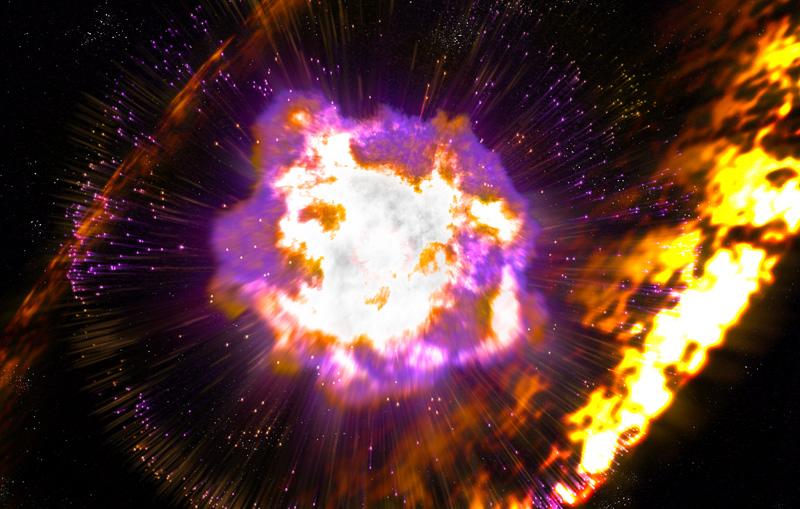An exploding star, or supernova, is one of the most violent events in the universe, giving off a billion stars' worth of light. Even thousands of years later, the remnants of these explosions are among the most beautiful and mysterious objects in the cosmos--enormous balls of high-energy particles and strong magnetic fields, confined by the expanding shock wave from the original explosion. To understand the true nature of supernova remnants, scientists examine them in a wide range of wavelengths, from visible light to radio waves, X-rays and gamma rays. New observations with the Fermi Gamma-ray Space Telescope show how supernova remnants act as giant particle accelerators--much more powerful than the biggest ones on Earth--to produce the high-energy cosmic rays that fill the galaxy.
Supernova Shock Waves: Powerhouses of the Galaxy
Presented by Yasunobu Uchiyama
About Yasunobu Uchiyama
Yasunobu Uchiyama is a scientist at the joint SLAC/Stanford University Kavli Institute for Particle Astrophysics and Cosmology. He received his undergraduate degree from the University of Tokyo in 1998, and received his Ph.D. also from the University of Tokyo in 2003. After working as a postdoc at Yale University and ISAS/JAXA (Japan), he joined SLAC as a Panofsky Fellow in 2008. His research interests include the physics of cosmic-ray acceleration, and X-ray and gamma-ray observations of galactic cosmic-ray sources (especially supernova remnants). He is a member of the Fermi Gamma-ray Space Telescope LAT Collaboration and leads the Supernova Remnant working group. He is also a member of the ASTRO-H Collaboration as deputy leader of the Shock/Acceleration working group.
Supernova Shock Waves: Powerhouses of the Galaxy
Presented by Yasunobu Uchiyama

Supernova Shock Waves: Powerhouses of the Galaxy
Public lecture presented by Yasunobu Uchiyama
SLAC National Accelerator Laboratory
11:30 a.m.–12:30 p.m. PST